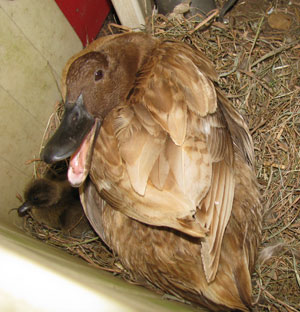Individual people have different personalities. I believe individual birds have different birdalities. I’m not talking about anthropomorphizing (ascribing human characteristics to something non-human like a bird.) I’m talking about varied behavior and traits that can be associated with genetics, location, evolution, learning and experience.

There are about 50? different species of cavity nesters in the U.S. These different species have some things in common, especially when they are related. For example, both Titmice and Chickadees may do a “snake display” during monitoring. There are also many differences between these species (see list of differences I’ve noted.)
But individual birds of the SAME species may also behave quite different from each other. Any backyard birder who gets to observe individuals closely can tell you about variations they notice. For example:
- Some are more nervous or timid than others, and may be more readily disturbed by a change (e.g., addition of a wren guard), while others ignore it or accept it much more quickly.
- Some are aggressive and will attack any competitor that comes near their nests, while others will sit on a branch and watch their nest being destroyed.
- Some will softly sing while you monitor their box, others will dive bomb you. One chickadee may scold monitors, another may wait patiently nearby.
- Some birds do not budge during monitoring, while others fly off.
Behavior can change during the nesting season as a result of testosterone levels (e.g., increased aggression on the part of House Sparrows), hormones/material instinct, or the status of a nest (e.g., bluebird parents are sometimes more nervous when young are close to fledging). I have very tame Khaki Campbell domestic ducks. Normally they eat out of my hand, but recently one turned into PsychoDuck while brooding her clutch and protecting her young. She made horrid, threatening Exorcist-like noises when I approached the nest, and when disturbed ran around in circles, hunched up and quacking maniacally.
Some are better parents than others. I’ve read reports of oblivious bluebird males stuffing themselves with mealworms and not bringing any to their young. (This may also indicate a new male.)
Some variations are related to the environment, e.g., size (as in Bergmann’s Rule). Nest construction may depend on available materials. A bluebird in PA built a nest entirely out of cattail fluff.
Some birds are smarter, and learn more quickly than others. Some are smarter because they are older and wiser. Some bluebirds find a suet feeder on their own, some have to be trained to come to a mealworm feeder, some never figure it out even when you put wriggling mealworms right in front of them. We KNOW birds can learn – for example bluebirds can learn to come to a feeder in response to a whistle or call. Others variations may be related to experience. A bird that has lost a clutch to House Wrens may learn to better defend their nest. I suppose it’s possible a bird may prefer a certain style nestbox because they are familiar with it.
Some variety is nature’s way of helping individuals adapt, cope and survive. While some behaviors are typical and we can speak in generalities, be prepared for surprises. We DO know that none of these birds read books.
A man who never sees a bluebird only half lives.
– Lewis Gannett (printed in The Gardener’s Guide to Life, Griswold Freeman)
